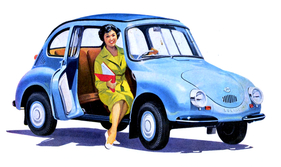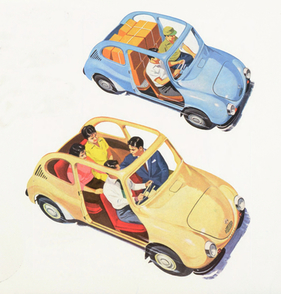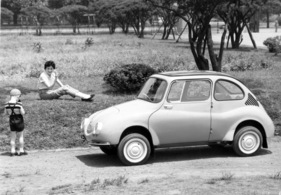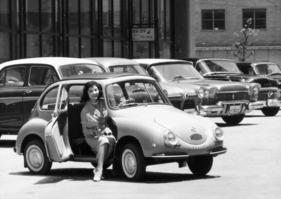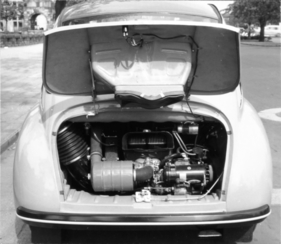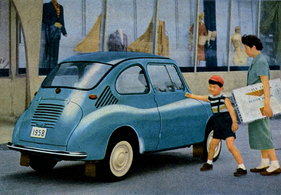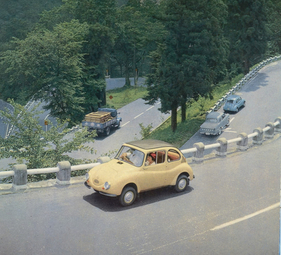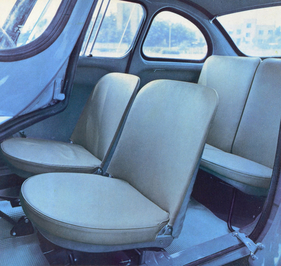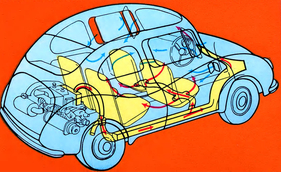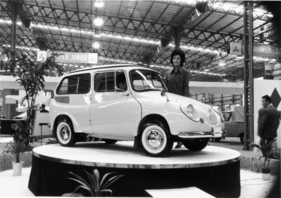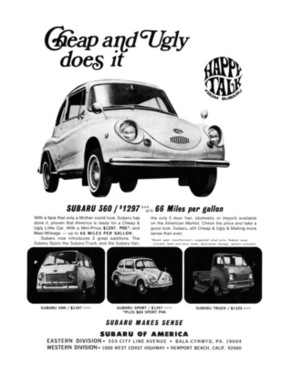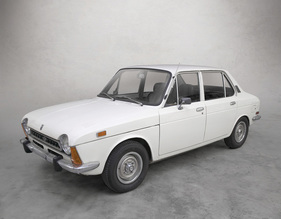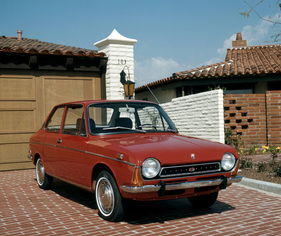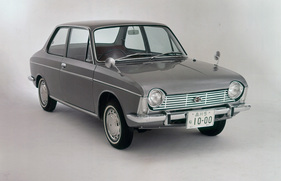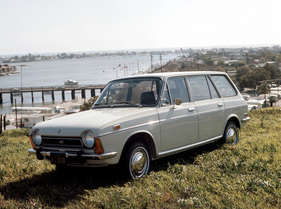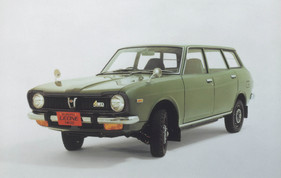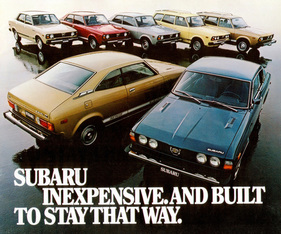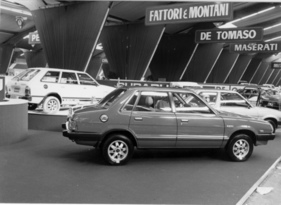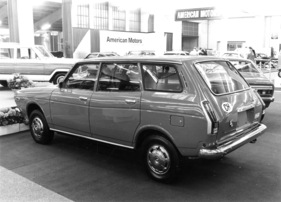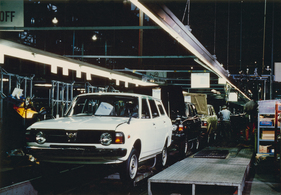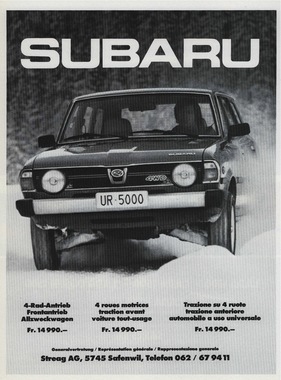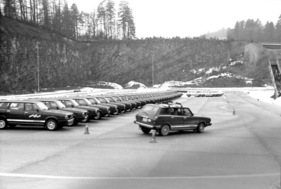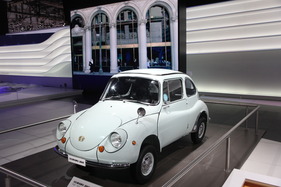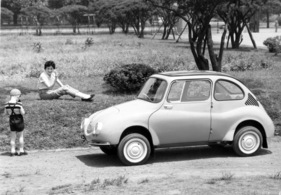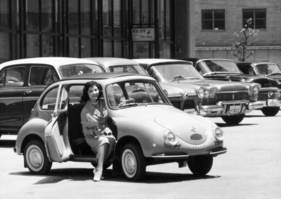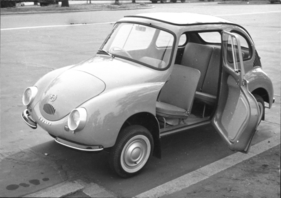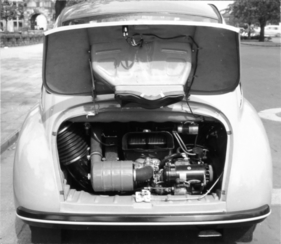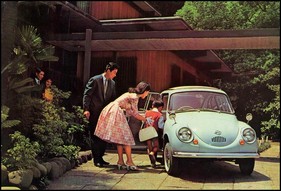Reaching for the stars - The Japanese company Subaru
Summary
The Japanese company, named after an astronomical term, is now world-famous. The cars of the Subaru brand are part of the everyday street scene. But where did the company start? What problems did it have to contend with and what successes did it achieve? The 1981 report from the "Oldtimer Chronik" sheds light on the company's unique history. The written word is supplemented by many contemporary pictures and sales brochures.
This article contains the following chapters
- Cars and airplanes
- Way ahead of its time
- Unique equipment and immense problems
- Back to the old greatness
- Technical features
- Various innovations on the Japanese market
- Not a bestseller despite good attributes
- Not only to see - but also to hear!
- Rapidly rising sales figures for a star
- A firm place in the European market
Estimated reading time: 8min
Preview (beginning of the article)
The 1965 Tokyo Motor Show had a few surprises in store for both the Japanese public and the international automobile market: 28 new models had been launched that year, each trying to outdo the other with new styling, higher performance and greater comfort. These included cars such as the Mazda Cosmo, the Mazda Luce 1500 designed by Bertone, a new Nissan Cedric with a two-liter six-cylinder OHC engine, the sporty Honda N 800 and the Colt Fastback with the three-cylinder two-stroke engine from Mitsubishi. Daihatsu presented its new 1000 GT with fuel injection, Toyota the five-door Corona and the sensational 2000 GT with a two-liter six-cylinder dohc engine, five gears and independent suspension, while Subaru showed a new four-door sedan with independent suspension and front-wheel drive. Up to this point, Subaru had only produced the Type 360 and the Sambar commercial vehicles.
Continue reading this article for free?
Photos of this article

